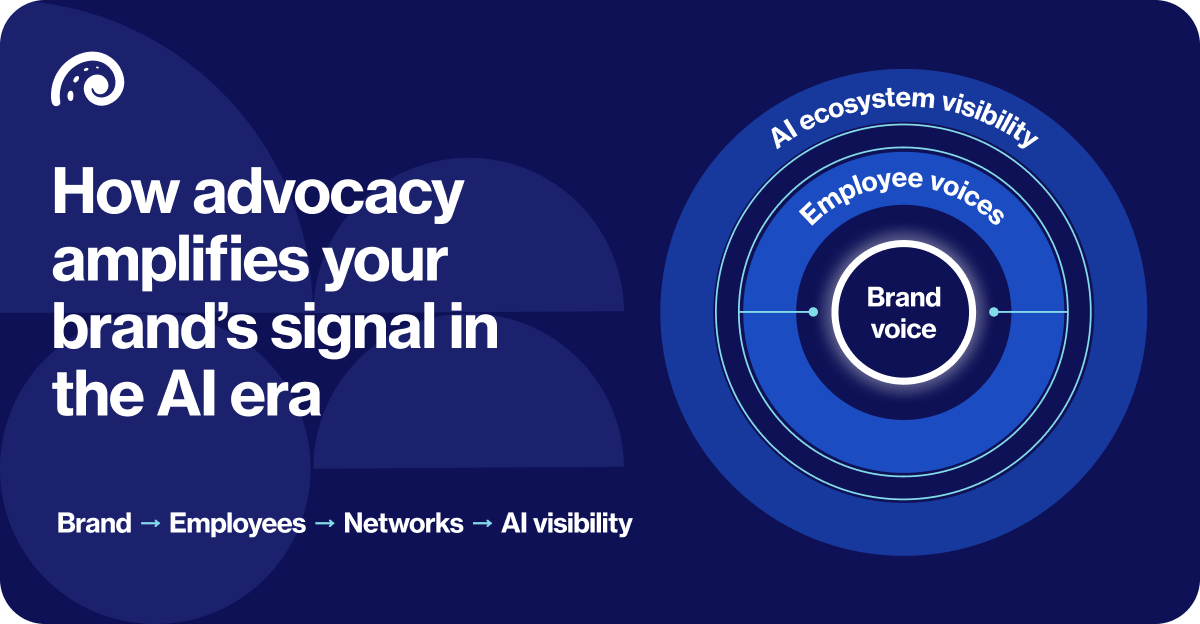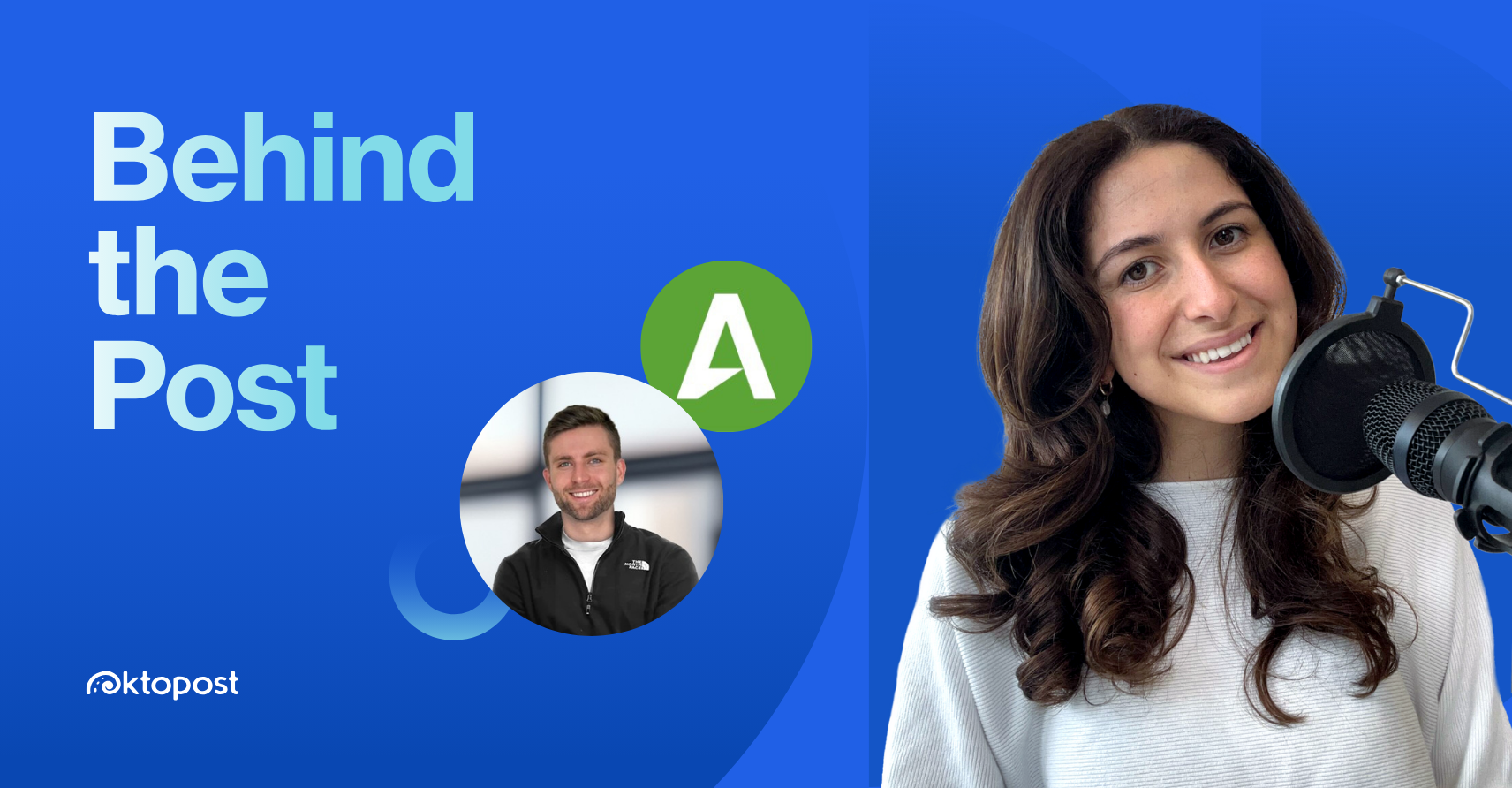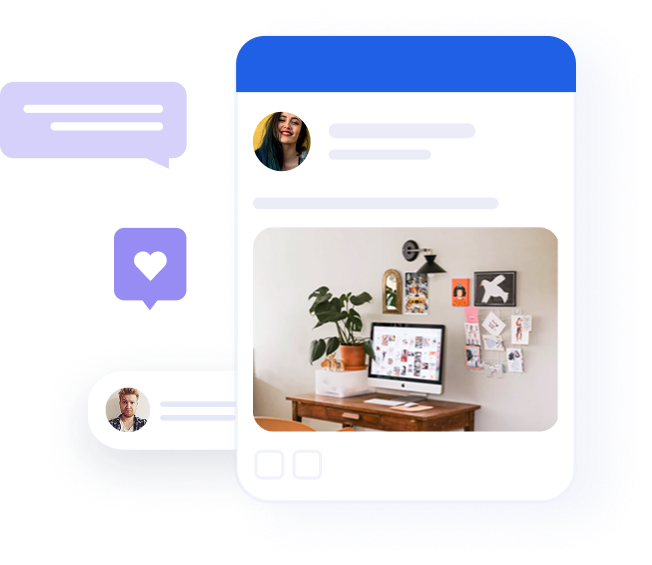Employee advocacy: The future of distributed SEO in the AI era

Table of contents
AI-powered search has arrived just in time to remind B2B marketers that maintaining composure is essential, even when it feels challenging! We find ourselves revisiting dashboards, pondering the relevance of the metrics we once knew. As we approach the new year, brands must embrace this evolving search landscape and recognize that optimization extends beyond just Google. Fortunately, amidst the disruption, there’s a bright spot: your next breakthrough in visibility doesn’t require substantial retooling or increased budgets. Instead, it lies within the potential of your own team! In this article, we explore why employee advocacy is more vital than ever in the age of AI-driven search. Together, let’s unlock the power of collaboration and creativity to achieve remarkable results!
TL;DR: The story in 30 seconds
- AI-powered search is changing how B2B brands get discovered, and human voices now carry more weight than corporate ones.
- Employee advocacy is emerging as a powerful AEO lever: employees create the authentic, expert-level signals AI recognizes as trustworthy.
- Consistent employee posts about achievements, insights, and client stories can help shape how AI understands your brand.
- With Oktopost, advocacy becomes measurable and repeatable, tying employee activity directly to engagement, pipeline, and now AI visibility.
Why AI trusts human voices over brands
AI models don’t understand “usefulness” the way humans do. They infer it statistically.
- During training, large language models and search algorithms are fed enormous amounts of text that include signals of human judgment, such as popularity, backlinks, engagement metrics, and upvotes.
- In reinforcement stages, human reviewers explicitly rate responses or results on qualities such as helpfulness, accuracy, and clarity (think of OpenAI’s “reinforcement learning from human feedback” process).
- In deployment, search systems (like Google’s SGE or Bing’s Copilot) continuously adjust rankings based on behavioral data, what users click, dwell on, or reformulate after seeing.
So, “useful” isn’t hard-coded. It’s built from millions of micro-examples of how people reward content that answers their questions or helps them act. And because you’re more likely to get impartial, genuine answers from other humans, AI recognizes this type of content as valuable and credible.
That’s why B2B content with human attributes like expertise, topical authority, and depth tends to perform better. It’s not that AI actively mistrusts brand content. It simply develops its picture of usefulness based on how it sees humans searching and engaging with information.
Understanding the shift from SEO to AEO
Now that those human requests for information are increasingly happening through generative AI, a new discipline has emerged: AI Engine Optimization (AEO). Where traditional SEO focused on backlinks and metadata, AEO focuses on how your brand is represented inside AI-generated results. Test it yourself: write the same prompt/questions into Google search and into ChatGPT or Perplexity, and see the difference in the answers the platform provides.
In this new reality, credibility is distributed. AI models don’t crawl a single website or count link density. Instead, they synthesize answers from what they’ve “learned” across countless human and brand interactions. Authentic mentions, media coverage, customer reviews, and yes, employee posts all contribute to that web of trust.
How employee advocacy creates distributed brand trust
Recent research shows that Large Language Models (LLMs) increasingly rely on these distributed mentions and contextual associations to decide which brands to surface in answers. Let’s consider an example of how this works in practice.
Your company publishes a report on B2B social trends. On its own, it’s just another brand update. But over the next few days and weeks, employees across marketing, customer success, and sales begin sharing short takeaways from it:
- A line they found surprising.
- The data chart they’ve been referencing in client calls.
- Trends they’re seeing firsthand.
As those posts circulate, they create a steady stream of consistent, credible mentions for your brand. When AI systems periodically refresh their understanding of the web, that cluster of human commentary starts to matter.
So later, when someone asks an AI tool, “What are the top trends in B2B social media right now?” your report (and your brand) has a stronger chance of appearing, because the model has absorbed a distributed set of authentic employee voices talking about it.
Recommended for further reading
Turning small shares into AI-recognized brand signals
As our example shows, every employee share now has real SEO potential.
Not in the old sense of keywords and backlinks, but in the new sense of distributed credibility: real people talking about your brand in ways that both audiences and AI systems recognize as authentic.
Employee Advocacy used to be about expanding reach, but now it’s bigger than that. It reinforces, over time, how AI models understand who you are, what you do, and why you matter.
Encourage employees to post about:
- Company achievements and milestones.
- Industry insights and trends.
- Thought leadership or expert perspectives.
- Customer success stories and impact.
Each post strengthens the broader ecosystem of signals connected to your brand. Those signals influence both human discovery and machine-generated answers.

Employee advocacy transforms a single message into a network of authentic signals that carry weight with both people and AI systems.
The real SEO value of every employee’s post
For all its power, employee advocacy only becomes a repeatable strategy when it’s measurable. This is exactly where most programs fail. There’s no shortage of enthusiasm, but teams seldom know what’s actually working.
With the right tools, you can track how employee posts contribute to engagement, traffic, and conversions, the same way you measure corporate channels. You can see which topics resonate, who your strongest advocates are, and how advocacy influences pipeline and revenue.
Measuring the impact of advocacy with Oktopost
Oktopost’s employee advocacy platform connects every share, click, and conversation back to tangible business results. You see the full path from employee activity to audience engagement to downstream outcomes – and now, emerging AI visibility.
See how Oktopost helps you amplify every employee voice and make it all effortlessly measurable.




